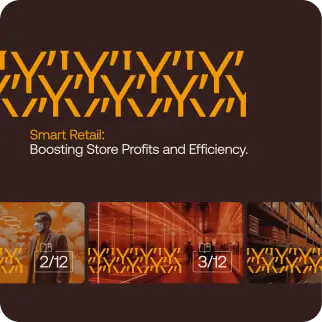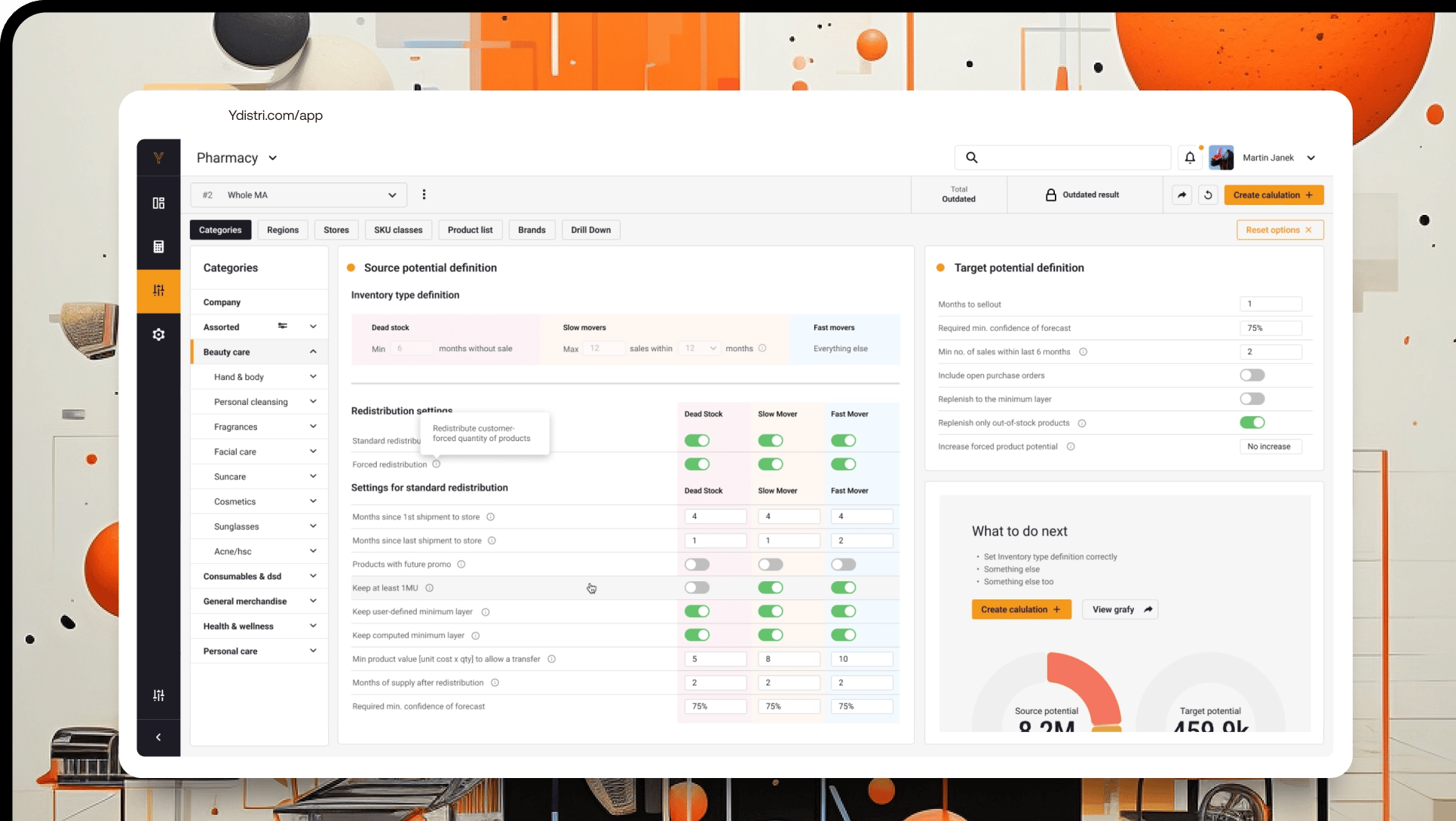Decoding Technological Enablers
The success of smarter redistribution in retail relies on integrating several key technologies:
- RFID Tracking: Radio Frequency Identification (RFID) technology uses electromagnetic fields to identify and track tags attached to objects automatically. In retail, RFID helps accurately track inventory, reducing human error and improving stock visibility. This technology gives retailers real-time insights into inventory levels across multiple locations, making it easier to manage redistribution.
- AI-Driven Demand Forecasting: Artificial Intelligence (AI) has become a cornerstone of demand forecasting, allowing retailers to predict customer demand with greater accuracy. By analyzing vast amounts of data, AI can identify patterns and trends that might not be immediately obvious, enabling retailers to make informed decisions about stock redistribution. For example, AI can forecast a surge in demand for certain products in specific regions, prompting timely stock transfers to meet customer needs and prevent stockouts.
- Sophisticated Analytics: Advanced analytics tools offer deep insights into consumer behavior, sales trends, and inventory levels. These tools can spot inefficiencies in the supply chain and suggest improvements. For instance, by analyzing sales data, retailers can determine which stores need more stock and which have excess, leading to more efficient redistribution.
.webp?width=2094&height=945&name=img_article_6_12%20(1).webp)


